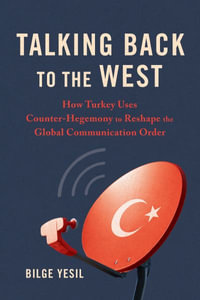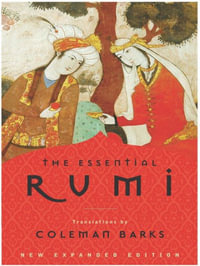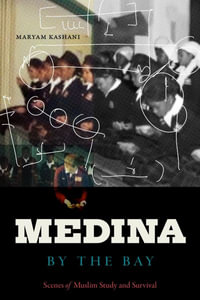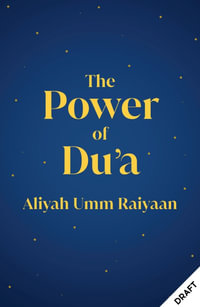| Series Editor's Preface | p. xi |
| Acknowledgments | p. xiii |
| Note on Transliteration and Translation of Arabic Words | p. xv |
| Introduction | p. 1 |
| Custom in the Islamic Legal Tradition: Past and Present | p. 1 |
| Custom and Religion | p. 2 |
| Custom and the Problem of Definition | p. 4 |
| The Purpose of the Study | p. 5 |
| The Thesis | p. 10 |
| The Scope of the Study | p. 11 |
| The Method | p. 12 |
| Custom and the Major Debates in the Field of Islamic Studies | |
| Custom and Islamic Law in Modern Scholarship | p. 17 |
| The Beginnings and the Emergence of a Dominant Paradigm | p. 18 |
| Ethnographic Studies | p. 19 |
| Literary Textual Studies | p. 23 |
| Qadi Justice and Max Weber's Influence | p. 28 |
| Reactions to the Dominant Paradigm | p. 30 |
| Revisions and Paradigm Shifts | p. 31 |
| Studies Devoted to 'Urf | p. 32 |
| Normative Juristic Approach | p. 38 |
| Concluding Remarks | p. 42 |
| Beginning and Early History | |
| Normative Foundations of the Concept of Custom in the Islamic Legal Tradition | p. 45 |
| The Definition of 'Urf | p. 49 |
| Textual Foundations of 'Urf in the Qur'an | p. 50 |
| 'Urf in the Sunnah of the Prophet | p. 52 |
| From 'adah to 'Urf: Theological Foundations of the Concept of Custom as reflected in the Debate over Causality | p. 59 |
| The Mu'tazili and the Ash'ari Schools on Causality | p. 60 |
| Al-Ghazali and Ibn Rushd between Occasionalism and Determinism | p. 64 |
| Al-Juwayni and the Link between the Theological 'adah and the Juristic 'adah? | p. 68 |
| Custom between the Theoretical School and the Applied School | p. 71 |
| The Beginnings and the Origins | p. 71 |
| The Works of Jurisprudence (Usul): The Early Structure of the Sources | p. 73 |
| The Theoretical Approach (Tariqat al-Mutakallimin) | p. 76 |
| Conventional Signification (al-dalalah al-'urfiyyah) | p. 77 |
| Particularization of the General (Takhsis al-'amm) | p. 78 |
| 'Urf and the Verification of Reports (Tawatur and Ijma)' | p. 79 |
| 'Urf, Ijtihad, Istifta' | p. 84 |
| Al-Juwayni's Theory of 'Urf and the Discourse on Political Contingencies | p. 85 |
| The Applied Approach (Tariqat al-Fuqaha') | p. 87 |
| The Debate on Juristic Preference (Istihsan) | p. 89 |
| Development and Expansion | |
| The Expansion of Legal Theory | p. 95 |
| Custom in Mainstream Legal Theory and Emerging Legal Genres | p. 95 |
| Custom within the Four Sources: 'Urf and Qiyas | p. 96 |
| Beyond the Four Sources: 'Urf and Istidlal | p. 100 |
| The Scope of the Sources: 'Urf and Takhsis | p. 105 |
| Conclusion | p. 110 |
| Custom and Legal Maxims: al-Qawa'id al-Fiqhiyyah | p. 111 |
| The Development of the Genre | p. 111 |
| 'Urf and the Criteria for the Evaluation of Benefits | p. 114 |
| Types of Indicators | p. 115 |
| Scattered Implications of 'Urf in Substantive Law | p. 116 |
| Customary Permission and Customary Condition | p. 117 |
| Jurisprudential Maxims and Substantive Maxims | p. 119 |
| Legal Maxims and the Deep Structure | p. 121 |
| The Five Cardinal Maxims | p. 123 |
| Custom and the Objectives of Shari'ah: Maqasid al-Shari'ah | p. 125 |
| Maqasid in Legal Theory | p. 126 |
| Custom in al-Shatibi's Theory of Objectives | p. 128 |
| The Objectives of Shari'ah | p. 130 |
| The Ultimate Objective: Achieving People's Benefits | p. 130 |
| The Subsidiary Objectives | p. 135 |
| Classifications of Customs | p. 138 |
| Custom as a Category | p. 139 |
| Custom as a Measure | p. 141 |
| Custom, Legal Application, and the Construction of Reality | p. 147 |
| Custom and Ijtihad | p. 149 |
| Custom and Legal Application between Fatwa and Hukm | p. 149 |
| Custom and Judges' Verdicts | p. 153 |
| Custom, Jurisconsults' Opinions, and Legal Change | p. 160 |
| Conclusion | p. 167 |
| Notes | p. 173 |
| Bibliography | p. 227 |
| Index | p. 241 |
| Table of Contents provided by Ingram. All Rights Reserved. |

























